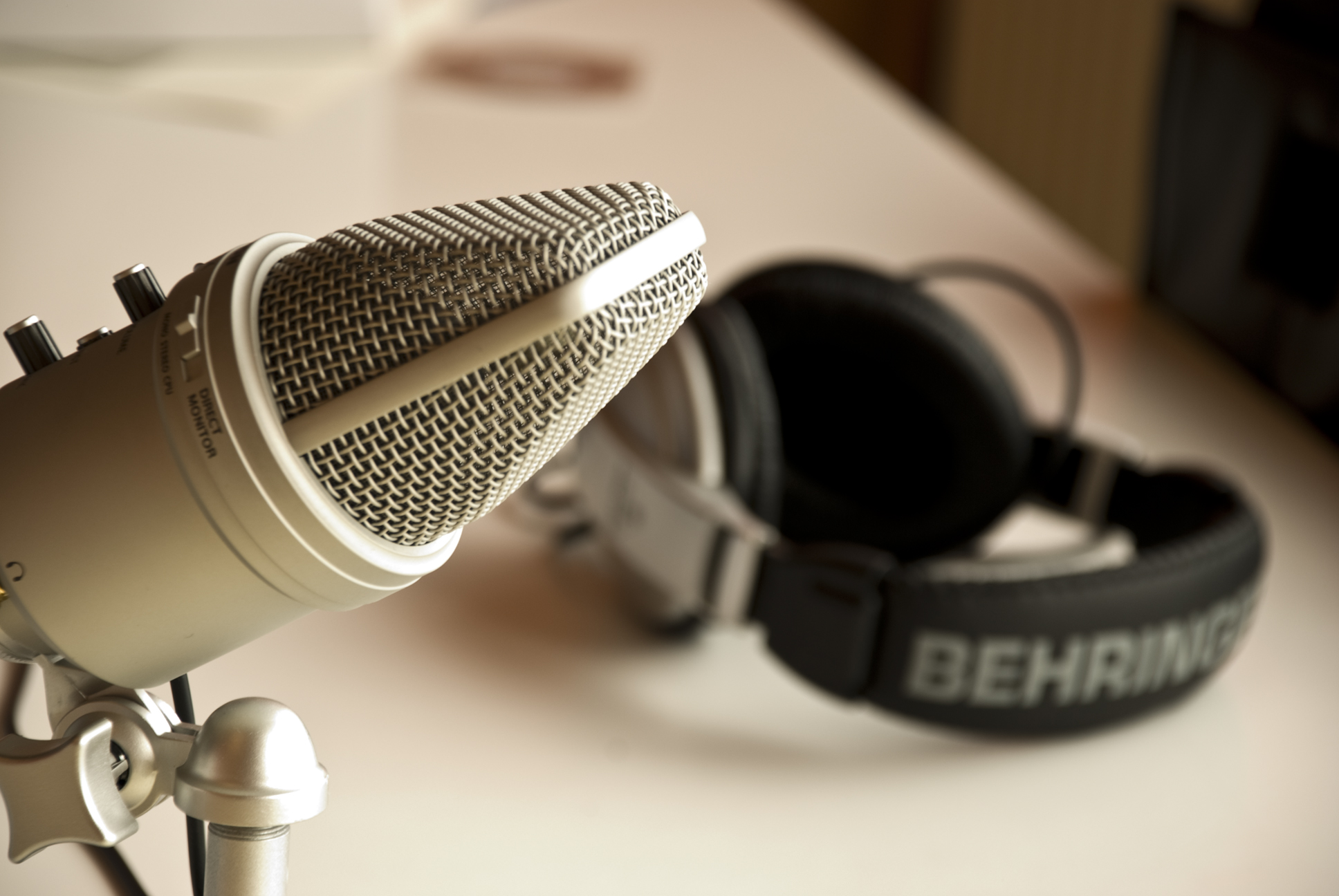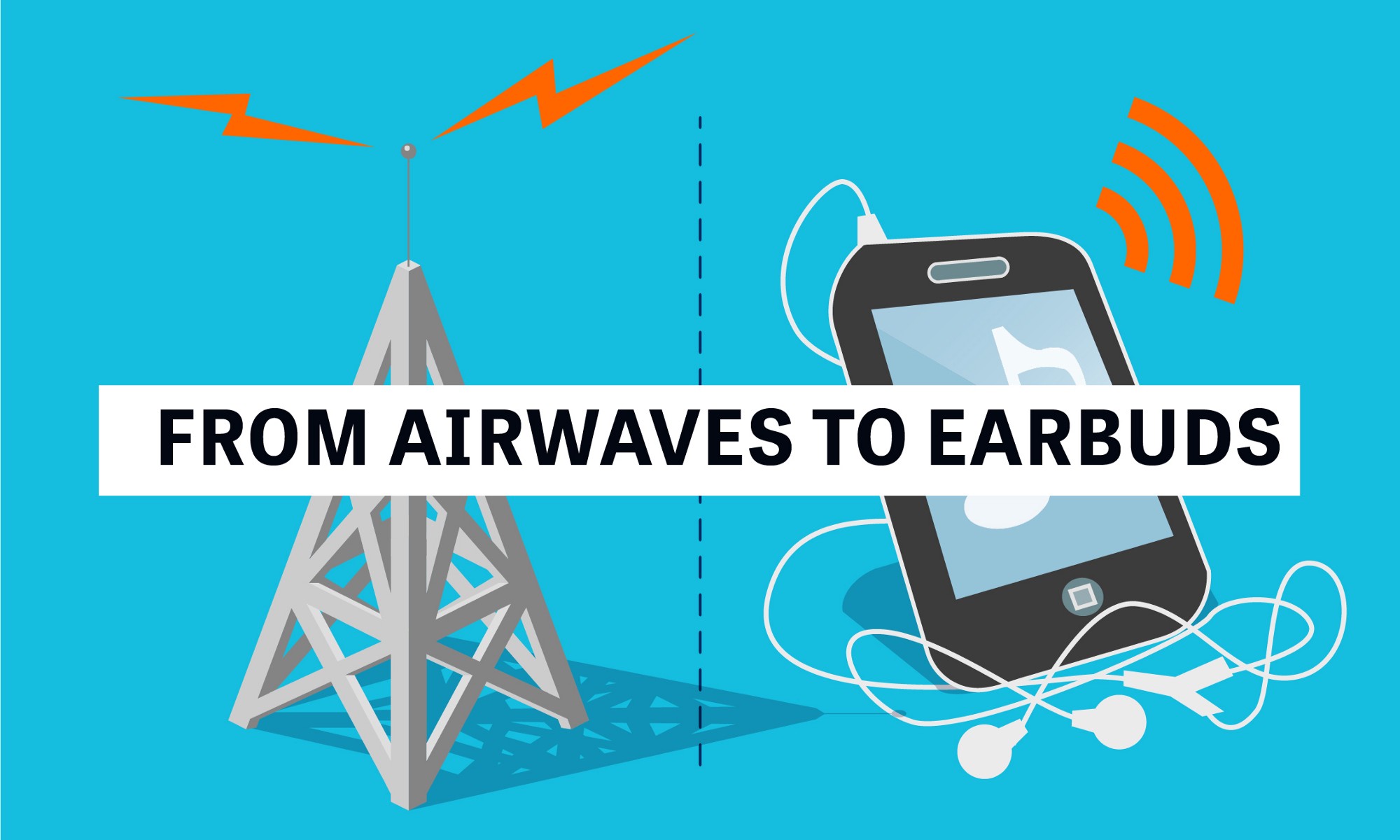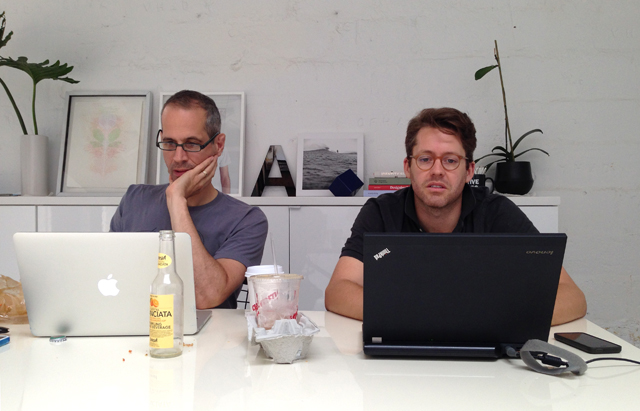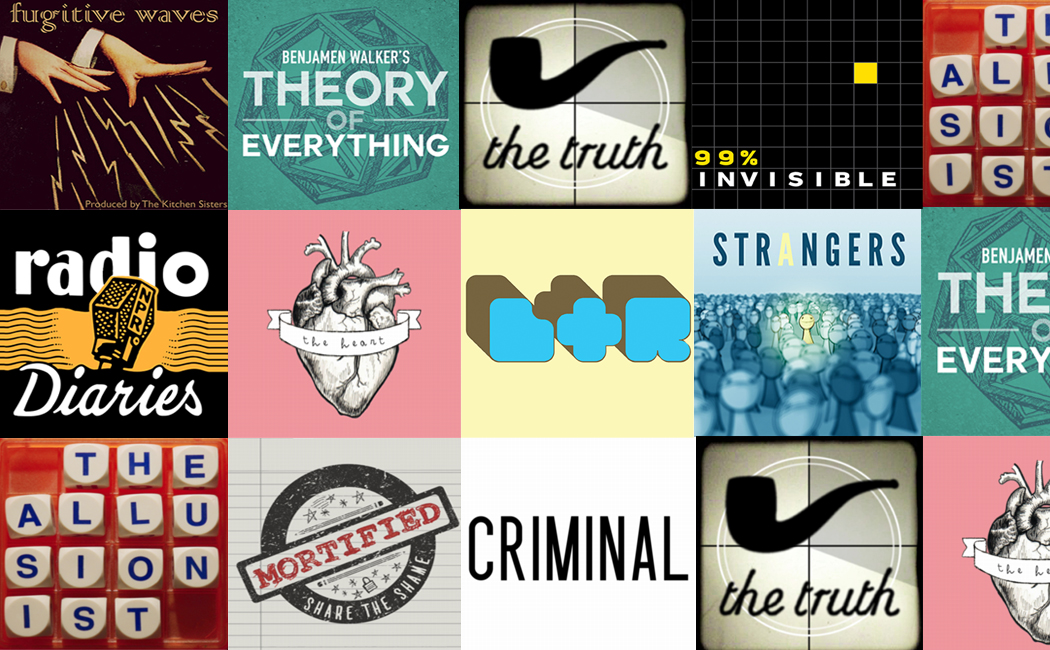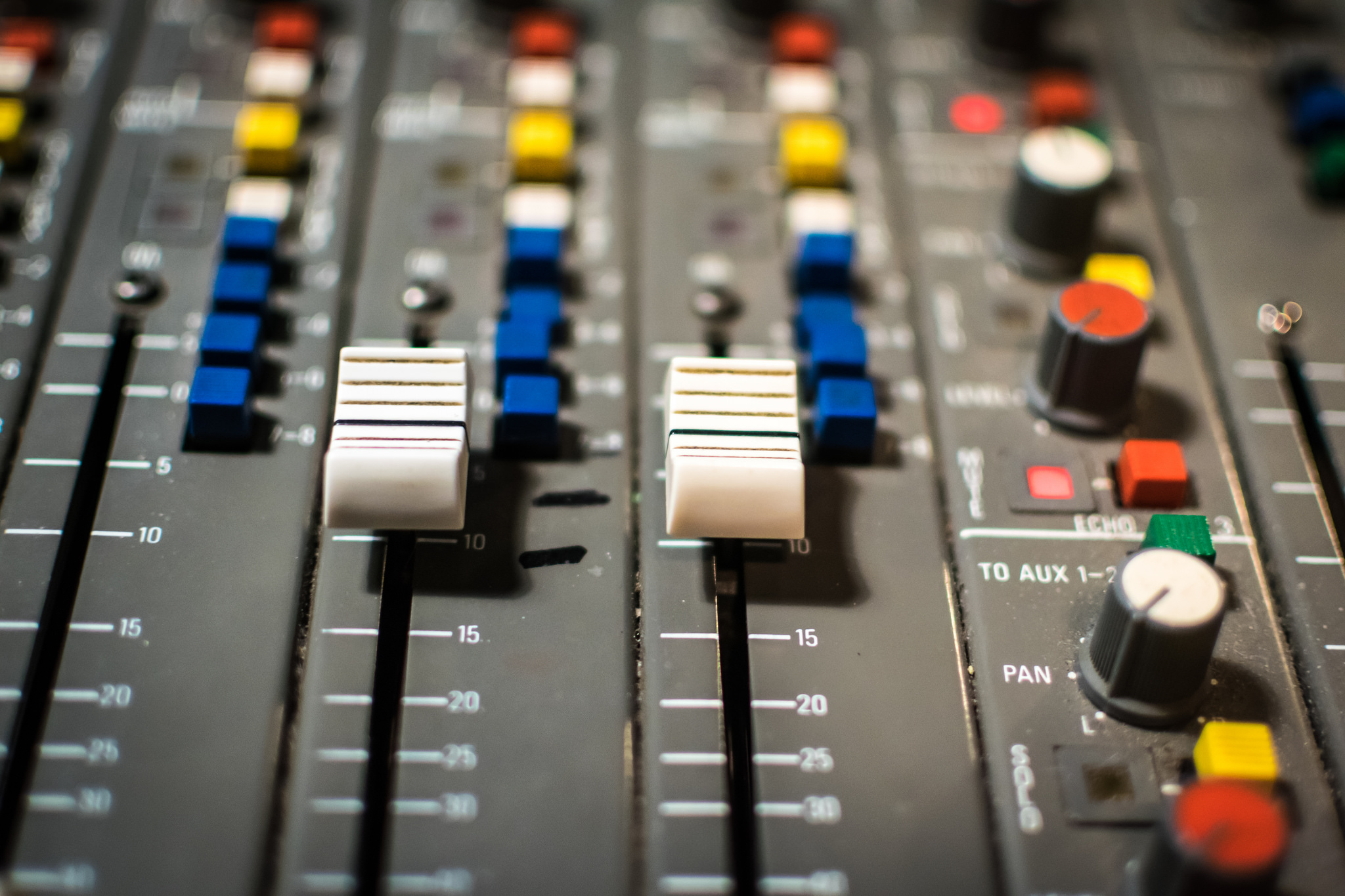
Building the future: What kind of infrastructure is needed to bolster public interest podcasting?
Public radio stations and producers have been central to the rising popularity of podcasting, as we documented in the recent Knight Foundation report “From Airwaves to Earbuds.” However, given the surge in commercial production and distribution companies, what will it take to maintain a flourishing ecosystem for public interest podcasts?
As is often the case when scanning the balkanized public radio landscape, the answer is “it’s complicated.” Investments and collaborations are needed along the entire chain from production to distribution to consumer discovery to archiving. The major podcast distributors—most notably Apple—retain a lock on listening metrics, and hold the power to reshape business models with the flip of a switch. Commercial competitors have become increasingly attractive to some of the most visible talent originally nurtured by public stations and networks. And consumer listening habits change faster than many producers can keep track, driven by the adoption of not just mobile devices, but new gadgets and platforms like the Amazon Echo.
Nonetheless, with support from Knight, several stations and networks are building out different elements of what could become a unified system for making, sharing and monetizing digital audio. Along the way, they’re learning to work across organizational lines. Such collaborative efforts mirror earlier large-scale projects that undergird the existing public radio and television technical and engineering systems.
For example, Knight supported Project Carbon, designed to enable a seamless, branded digital listening platform across all NPR affiliates. The NPR One app, which includes national and local broadcast programs, newscasts, plus locally and nationally produced podcasts, is a key product attached to this effort. Selected member stations also are pitching in to this initiative:
KPCC, WHYY and New York Public Radio are working to refine Loud.ly, designed to improve mobile streaming and digital revenue interfaces;
KQED is working to migrate content to Dalet, a commercial content management system that will make it easier to distribute content via NPR One and other digital platforms;
WBUR is implementing NPR’s application program interface, and improving the ability to share user data between membership, events and content departments;
Minnesota Public Radio is leading an effort called Public Radio Engaged, a collaboration with other public radio stations and NPR’s Carbon Services Identity Platform, which can help connect local user data with system-level data on audience consumption and preferences.
Such collaborations—highly technical and fraught with intra-system politics—are difficult, time-consuming and unsexy. But they’re necessary to knit together a new system of public media that’s digital-first, user-friendly and always-on—and can compete for share of ear and audience dollars with other national news and entertainment networks investing heavily in both streaming and on-demand audio.
Even within public broadcasting, competition is evident. Knight has supported the development of multiple apps and podcasting networks through both traditional grants and the Knight Enterprise Fund, which makes venture investments. WNYC and PRX are both key players in developing podcast content and platforms for a new generation of listeners. This involves both experimenting with the style, voice and length of stories and shows, and working to match the listening experience with the new ways consumers are snacking and binging on content.
For example, WNYC’s Discover app is geared to offer content that matches up with New Yorkers’ commuting time. PRX has not only incubated Radiotopia—a podcast network formed to help independent media makers grow audience and revenue—but recently spun off a public benefit corporation called RadioPublic, which is building an app to help listeners discover and engage with new content. The Knight Enterprise Fund, as well as The New York Times and American Public Media, are equity investors in RadioPublic.
Operating in this hybrid fashion, across the boundaries of nonprofit and for-profit entities, may be the only way that a new infrastructure for public audio can be built—especially given current calls to privatize public media. The challenge for public stations is finding productive ways to contribute so that their local content—and local donations—can remain front and center. The needed platforms must scale to deliver podcasting “hits” with millions of downloads and serve small stations and producers whose intended reach is hyperlocal.
As the report notes, “solving the governance, funding, collaboration and interoperability problems remains challenging.” Nonetheless, stations and networks are already finding ways to work together successfully to solve shared issues, such as standardizing the data used to measure podcast data.
In an appendix, “From Airwaves to Earbuds” lays out the details of what exists and what’s still needed to create a shared, scalable digital infrastructure. This is not a comprehensive proposal; it’s designed to spark discussion both inside and outside of public broadcasting and was created with input from leading CTOs and digital leads within public radio. We look forward to continuing the dialogue.
Sarah Lutman is principal at Lutman & Associates, a consulting and program development enterprise. Learn more at lutmanassociates.com or follow her on Twitter @Lutman_Sarah.
Jessica Clark is founder and director of Dot Connector Studio, a media production and strategy firm. Learn more at dotconnectorstudio.com or follow her on Twitter @beyondbroadcast.
r
-
Journalism / Article
-
Information and Society / Report
-
-
Technology / Article
-
Journalism / Article
-
Journalism / Article
Recent Content
-
Journalismarticle ·
-
Journalismarticle ·
-
Journalismarticle ·
